Veterans...Get the hell in here now!
- Thread starter 6ohMax
- Start date
shrxhky420
Well-Known Member
It shouldn't be but I prefer that, over thisArmed US troops inside the US Capitol rotunda today. I'll just leave this here.....
View attachment 4795408

SH420
BarnBuster
Virtually Unknown Member
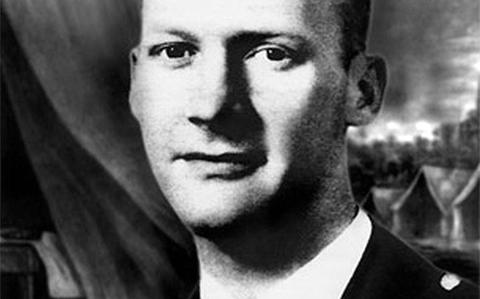
Family of still-missing WWII Medal of Honor recipient asks DOD to stop using his name
Frustrated by what they call a decades-long “bureaucratic logjam” in bringing his remains home from the Philippines, the family of First Lt. Alexander “Sandy” Nininger is requesting the federal government remove the soldier’s name from all public buildings and installations.
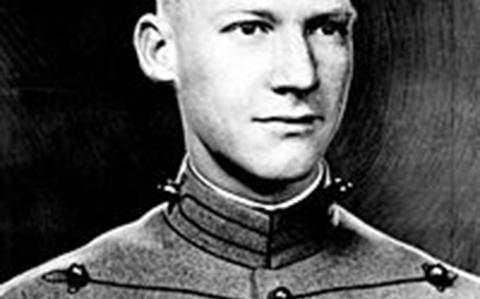
In DOD reversal, agency will analyze remains thought to be WWII’s first Medal of Honor recipient
The Defense POW/MIA Accounting Agency and its precursors had denied repeated requests by the family of Alexander “Sandy” Nininger Jr. to exhume remains in a Philippines grave for DNA testing, maintaining the agency’s documentation could not validate taking that step.
doublejj
Well-Known Member
The oldest living Marine, a North Carolina woman, has died at age 107

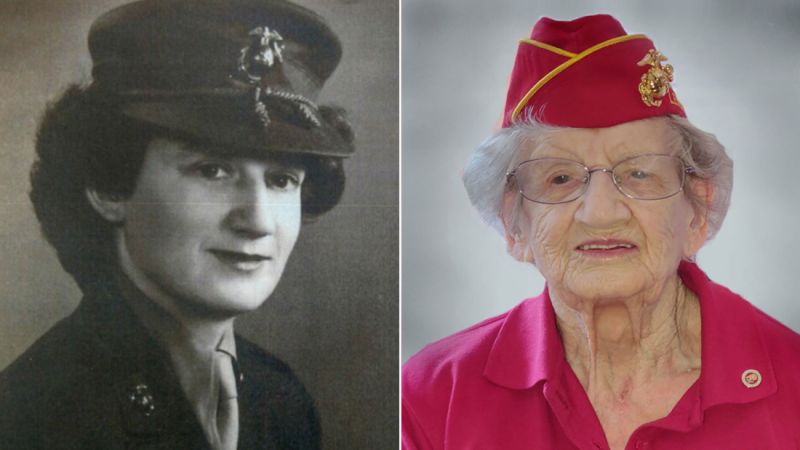
 www.cnn.com
www.cnn.com


The oldest living Marine, a North Carolina woman, has died at age 107 | CNN
Dorothy “Dot” Cole was the oldest living US Marine veteran when she died on January 7. She was 107 years old.
bernie344
Well-Known Member
Dont they have fold up beds and chairs in America?Armed US troops inside the US Capitol rotunda today. I'll just leave this here.....
View attachment 4795408
shrxhky420
Well-Known Member
BarnBuster
Virtually Unknown Member
raratt
Well-Known Member
FYI
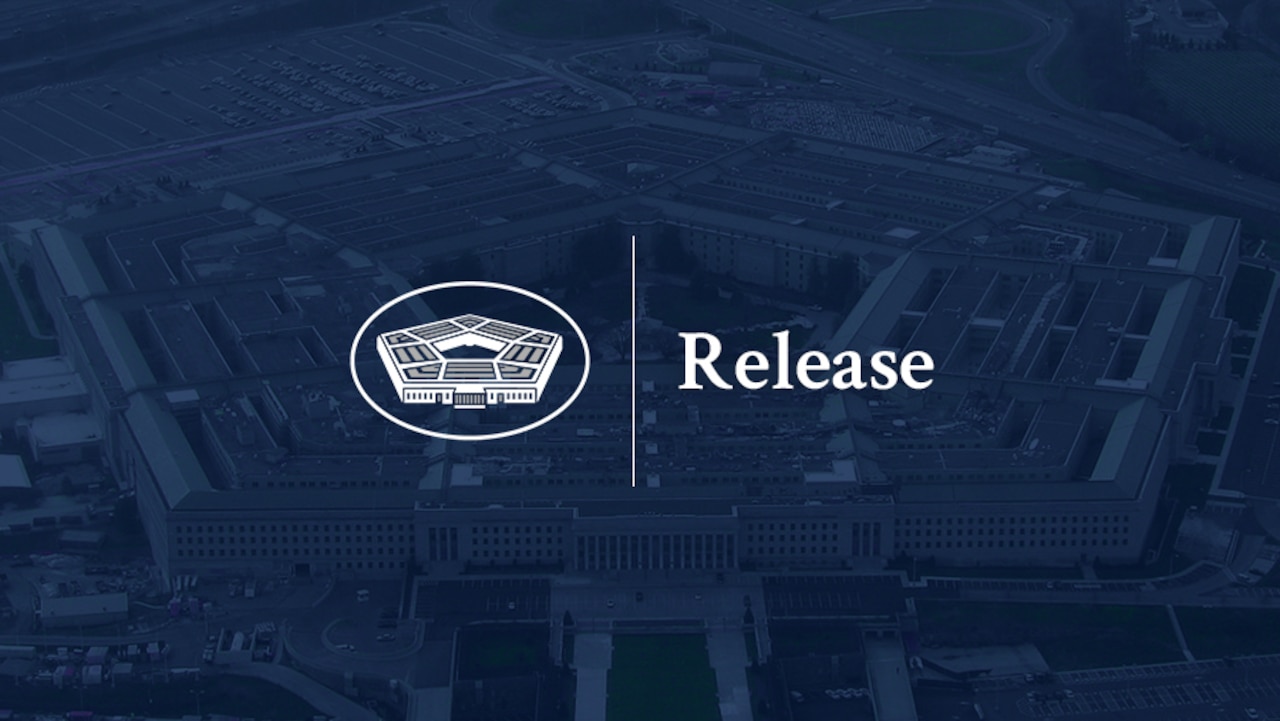
DOD Announces COVID-19 Vaccine Distribution Plan
Today, the Department of Defense announced its deliberate and phased plan to distribute and administer initial and subsequent allocations of the COVID-19 vaccine.
www.defense.gov
BarnBuster
Virtually Unknown Member
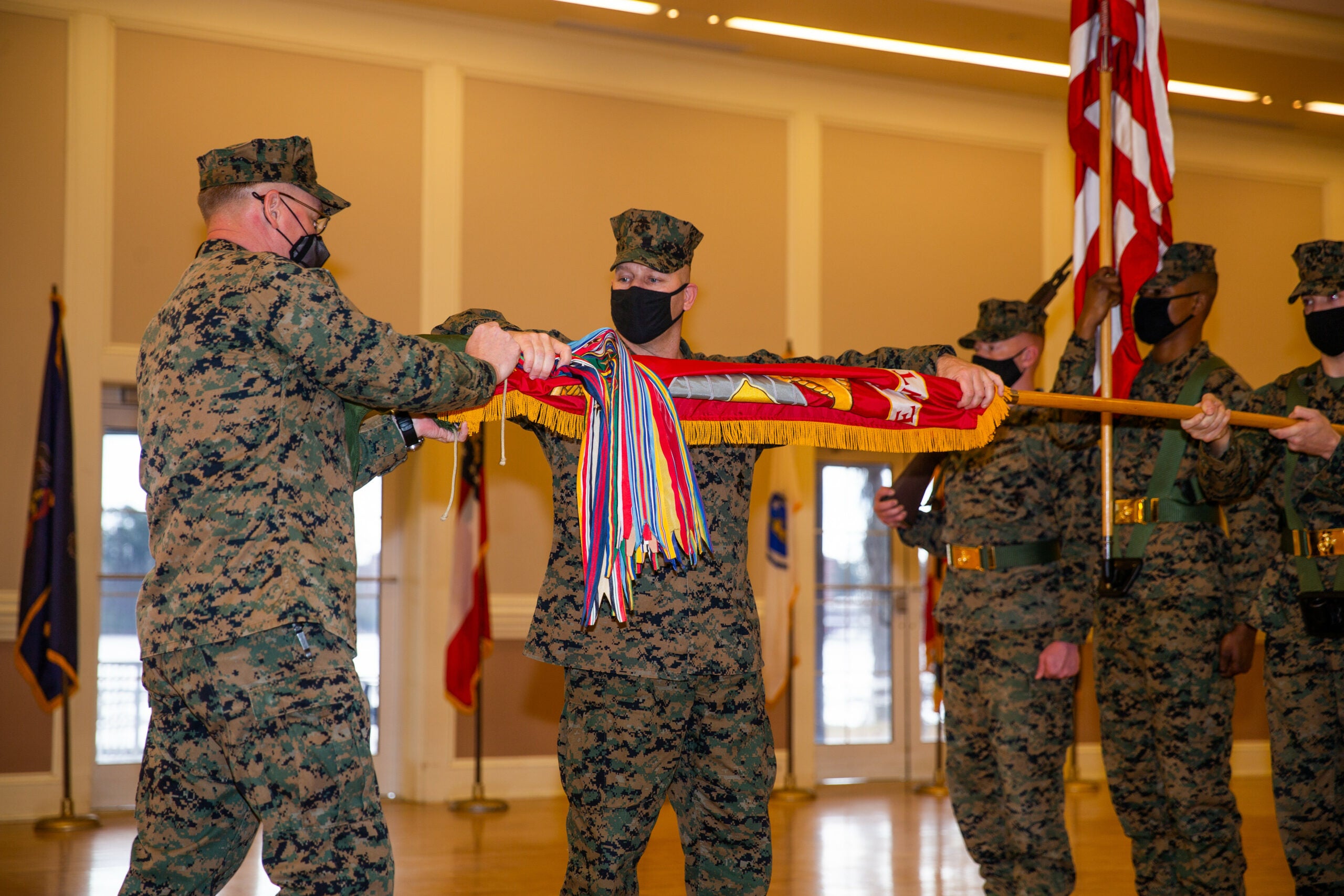
Marine Corps says goodbye to its storied 8th Marine Regiment
The deactivation marks the “transition of a storied regiment that has performed so well since 1917."
Presidential Unit Citation Streamer With Two Bronze Stars
World War II, Guadalcanal – 1942, Tarawa – 1943, Okinawa – 1945
Navy Unit Commendation Streamer
Southwest Asia 1990 – 1991, Haiti 2003
World War I Victory Streamer
Haitian Campaign Streamer
Marine Corps Expeditionary Streamer With Two Bronze Stars
American Defense Service Streamer
Asiatic-Pacific Campaign Streamer With One Sliver Star
World War II Victory Streamer
Navy Occupation Service Streamer With “Asia” And “Europe”
National Defense Service Streamer With Three Bronze Stars
Armed Forces Expeditionary Streamer With Four Bronze Stars
Southwest Asia Service Streamer With Three Bronze Stars
Iraq Campaign Streamer
Global War on Terrorism Expeditionary Streamer
Global War on Terrorism Service Streamer
Last edited:
doublejj
Well-Known Member
US veterans deported to Mexico want Biden to let them 'back into their country' before cartels get to them
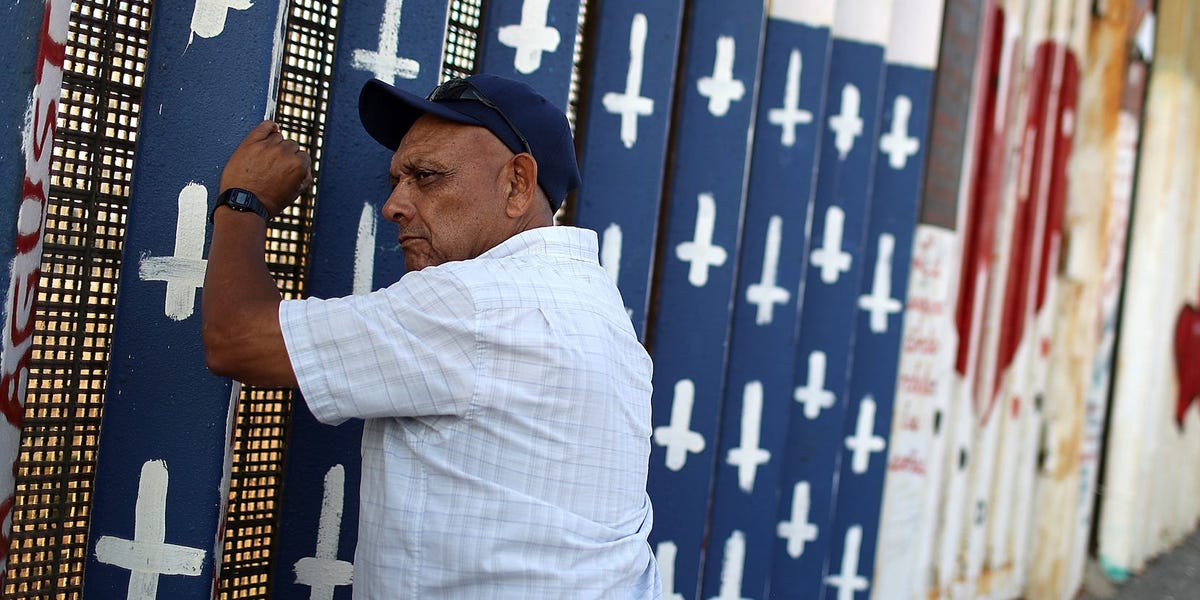
 www.businessinsider.com
www.businessinsider.com
US veterans deported to Mexico want Biden to let them 'back into their country' before cartels get to them
"The recruiting by Mexican cartels is real. They are looking for professionals with training," Hector Barajas, a veteran deported to Mexico, told Insider.
BarnBuster
Virtually Unknown Member
Today in Military History:
1943, February 02, the last German troops in the Soviet city of Stalingrad surrender to the Red Army, ending one of the pivotal battles of World War II.
On June 22, 1941, despite the terms of the Nazi-Soviet Pact of 1939, Nazi Germany launched a massive invasion against the USSR. Aided by its greatly superior air force, the German army raced across the Russian plains, inflicting terrible casualties on the Red Army and the Soviet population. With the assistance of troops from their Axis allies, the Germans conquered vast territory, and by mid-October the great Russian cities of Leningrad and Moscow were under siege. However, the Soviets held on, and the coming of winter forced a pause to the German offensive.
For the 1942 summer offensive, Adolf Hitler ordered the Sixth Army, under General Friedrich von Paulus, to take Stalingrad in the south, an industrial center and obstacle to Nazi control of the precious Caucasian oil wells. In August, the German Sixth Army made advances across the Volga River while the German Fourth Air Fleet reduced Stalingrad to a burning rubble, killing over 40,000 civilians. In early September, General Paulus ordered the first offensives into Stalingrad, estimating that it would take his army about 10 days to capture the city. Thus began one of the most horrific battles of World War II and arguably the most important because it was the turning point in the war between Germany and the USSR.
In their attempt to take Stalingrad, the German Sixth Army faced a bitter Red Army under General Vasily Zhukov employing the ruined city to their advantage, transforming destroyed buildings and rubble into natural defensive fortifications. In a method of fighting the Germans began to call the Rattenkrieg, or “Rat’s War,” the opposing forces broke into squads eight or 10 strong and fought each other for every house and yard of territory. The battle saw rapid advances in street-fighting technology, such as a German machine gun that shot around corners and a light Russian plane that glided silently over German positions at night, dropping lethal bombs without warning. However, both sides lacked necessary food, water, or medical supplies, and tens of thousands perished every week.
Soviet leader Joseph Stalin was determined to liberate the city named after him, and in November he ordered massive reinforcements to the area. On November 19, General Zhukov launched a great Soviet counteroffensive out of the rubble of Stalingrad. German command underestimated the scale of the counterattack, and the Sixth Army was quickly overwhelmed by the offensive, which involved 500,000 Soviet troops, 900 tanks, and 1,400 aircraft. Within three days, the entire German force of more than 200,000 men was encircled.
Italian and Romanian troops at Stalingrad surrendered, but the Germans hung on, receiving limited supplies by air and waiting for reinforcements. Hitler ordered Von Paulus to remain in place and promoted him to field marshal, as no Nazi field marshal had ever surrendered. Starvation and the bitter Russian winter took as many lives as the merciless Soviet troops, and on January 21, 1943, the last of the airports held by the Germans fell to the Soviets, completely cutting the Germans off from supplies. On January 31 Paulus disobeyed Hitler and agreed to give himself up. Twenty-two generals surrendered with him, and on February 2 the last of 91,000 frozen starving men (all that was left of the Sixth and Fourth armies) surrendered to the Soviets. The Soviets recovered 250,000 German and Romanian corpses in and around Stalingrad, and total Axis casualties (Germans, Romanians, Italians, and Hungarians) are believed to have been more than 800,000 dead, wounded, missing, or captured. Of the 91,000 men who surrendered, only some 5,000–6,000 ever returned to their homelands (the last of them a full decade after the end of the war in 1945); the rest died in Soviet prison and labour camps. On the Soviet side, official Russian military historians estimate that there were 1,100,000 Red Army dead, wounded, missing, or captured in the campaign to defend the city. An estimated 40,000 civilians died as well. Besides being a turning point in the war, Stalingrad was also revealing of the discipline and determination of both the German Wehrmacht and the Soviet Red Army. The Soviets first defended Stalingrad against a fierce German onslaught. So great were Soviet losses that at times, the life expectancy of a newly arrived soldier was less than a day, and the life expectancy of a Soviet officer was three days. For the heroism of the Soviet defenders of Stalingrad, the city was awarded the title Hero City in 1945
The Battle of Stalingrad turned the tide in the war between Germany and the Soviet Union. General Zhukov, who had played such an important role in the victory, later led the Soviet drive on Berlin. On May 1, 1945, he personally accepted the German surrender of Berlin. Von Paulus, meanwhile, agitated against Adolf Hitler among the German prisoners of war in the Soviet Union and in 1946 provided testimony at the International Military Tribunal at Nuremberg. After his release by the Soviets in 1953, he settled in East Germany.
 www.jewishvirtuallibrary.org
www.jewishvirtuallibrary.org
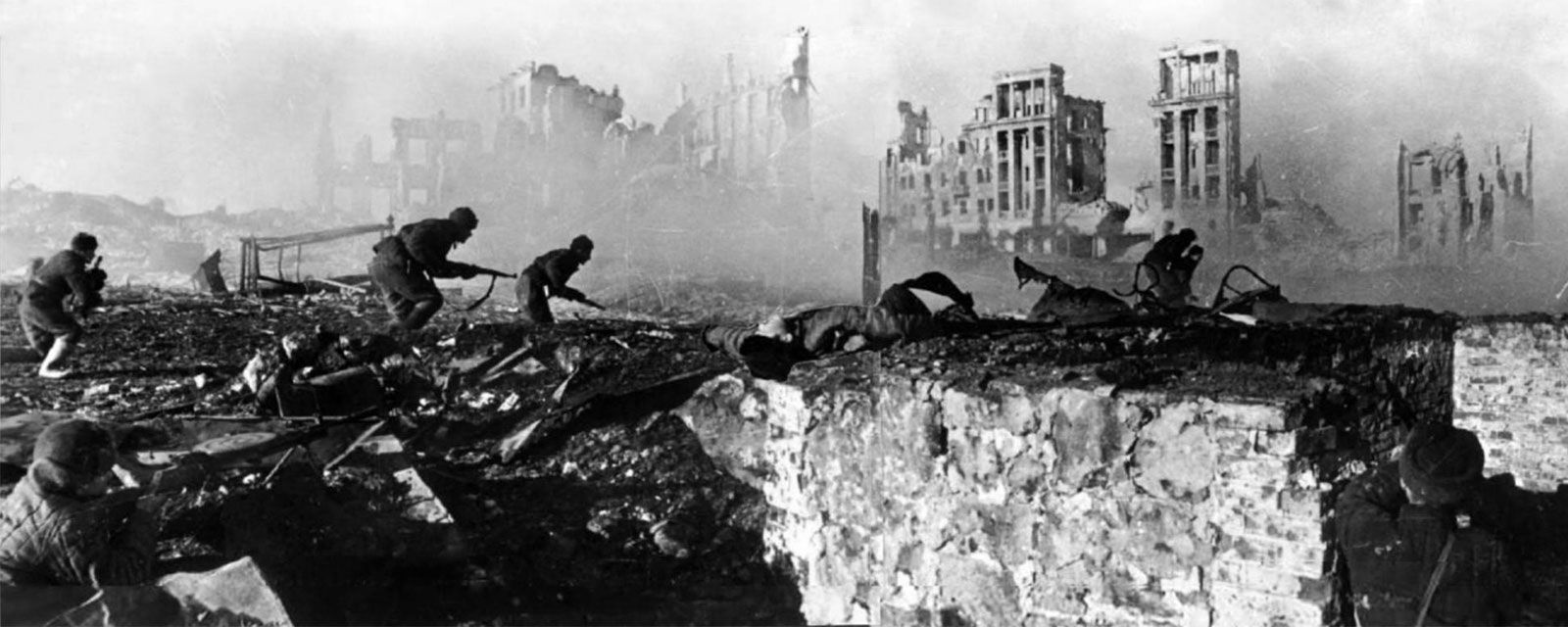
 www.britannica.com
www.britannica.com
1943, February 02, the last German troops in the Soviet city of Stalingrad surrender to the Red Army, ending one of the pivotal battles of World War II.
On June 22, 1941, despite the terms of the Nazi-Soviet Pact of 1939, Nazi Germany launched a massive invasion against the USSR. Aided by its greatly superior air force, the German army raced across the Russian plains, inflicting terrible casualties on the Red Army and the Soviet population. With the assistance of troops from their Axis allies, the Germans conquered vast territory, and by mid-October the great Russian cities of Leningrad and Moscow were under siege. However, the Soviets held on, and the coming of winter forced a pause to the German offensive.
For the 1942 summer offensive, Adolf Hitler ordered the Sixth Army, under General Friedrich von Paulus, to take Stalingrad in the south, an industrial center and obstacle to Nazi control of the precious Caucasian oil wells. In August, the German Sixth Army made advances across the Volga River while the German Fourth Air Fleet reduced Stalingrad to a burning rubble, killing over 40,000 civilians. In early September, General Paulus ordered the first offensives into Stalingrad, estimating that it would take his army about 10 days to capture the city. Thus began one of the most horrific battles of World War II and arguably the most important because it was the turning point in the war between Germany and the USSR.
In their attempt to take Stalingrad, the German Sixth Army faced a bitter Red Army under General Vasily Zhukov employing the ruined city to their advantage, transforming destroyed buildings and rubble into natural defensive fortifications. In a method of fighting the Germans began to call the Rattenkrieg, or “Rat’s War,” the opposing forces broke into squads eight or 10 strong and fought each other for every house and yard of territory. The battle saw rapid advances in street-fighting technology, such as a German machine gun that shot around corners and a light Russian plane that glided silently over German positions at night, dropping lethal bombs without warning. However, both sides lacked necessary food, water, or medical supplies, and tens of thousands perished every week.
Soviet leader Joseph Stalin was determined to liberate the city named after him, and in November he ordered massive reinforcements to the area. On November 19, General Zhukov launched a great Soviet counteroffensive out of the rubble of Stalingrad. German command underestimated the scale of the counterattack, and the Sixth Army was quickly overwhelmed by the offensive, which involved 500,000 Soviet troops, 900 tanks, and 1,400 aircraft. Within three days, the entire German force of more than 200,000 men was encircled.
Italian and Romanian troops at Stalingrad surrendered, but the Germans hung on, receiving limited supplies by air and waiting for reinforcements. Hitler ordered Von Paulus to remain in place and promoted him to field marshal, as no Nazi field marshal had ever surrendered. Starvation and the bitter Russian winter took as many lives as the merciless Soviet troops, and on January 21, 1943, the last of the airports held by the Germans fell to the Soviets, completely cutting the Germans off from supplies. On January 31 Paulus disobeyed Hitler and agreed to give himself up. Twenty-two generals surrendered with him, and on February 2 the last of 91,000 frozen starving men (all that was left of the Sixth and Fourth armies) surrendered to the Soviets. The Soviets recovered 250,000 German and Romanian corpses in and around Stalingrad, and total Axis casualties (Germans, Romanians, Italians, and Hungarians) are believed to have been more than 800,000 dead, wounded, missing, or captured. Of the 91,000 men who surrendered, only some 5,000–6,000 ever returned to their homelands (the last of them a full decade after the end of the war in 1945); the rest died in Soviet prison and labour camps. On the Soviet side, official Russian military historians estimate that there were 1,100,000 Red Army dead, wounded, missing, or captured in the campaign to defend the city. An estimated 40,000 civilians died as well. Besides being a turning point in the war, Stalingrad was also revealing of the discipline and determination of both the German Wehrmacht and the Soviet Red Army. The Soviets first defended Stalingrad against a fierce German onslaught. So great were Soviet losses that at times, the life expectancy of a newly arrived soldier was less than a day, and the life expectancy of a Soviet officer was three days. For the heroism of the Soviet defenders of Stalingrad, the city was awarded the title Hero City in 1945
The Battle of Stalingrad turned the tide in the war between Germany and the Soviet Union. General Zhukov, who had played such an important role in the victory, later led the Soviet drive on Berlin. On May 1, 1945, he personally accepted the German surrender of Berlin. Von Paulus, meanwhile, agitated against Adolf Hitler among the German prisoners of war in the Soviet Union and in 1946 provided testimony at the International Military Tribunal at Nuremberg. After his release by the Soviets in 1953, he settled in East Germany.
The Battle of Stalingrad
Encyclopedia of Jewish and Israeli history, politics and culture, with biographies, statistics, articles and documents on topics from anti-Semitism to Zionism.

Battle of Stalingrad | History, Summary, Location, Deaths, & Facts
Battle of Stalingrad, successful Soviet defense of the city of Stalingrad that was a turning point in favor of the Allies in World War II. Russians consider it to be one of the greatest battles of their Great Patriotic War, and most historians consider it to be the greatest battle of the entire...
BarnBuster
Virtually Unknown Member
Today in Military History:
The United Service Organizations, popularly known as the USO, was incorporated in New York on February 4, 1941, to provide recreational opportunities and resources for members of the U.S. armed forces on leave.
At the recommendation of President Franklin Roosevelt, the task was put in the hands of existing public service organizations. The USO was organized by representatives of six social service organizations as a private, nonprofit organization. The organizers included the Jewish Welfare Board, the National Catholic Community Service, the Salvation Army, the Travelers Aid Association of America, the Young Men’s Christian Association (YMCA), and the Young Women’s Christian Association (YWCA). Over the course of World War II, the USO boasted more than 1 million civilian volunteers and operated more than 3,000 recreational clubs. Set up quickly in churches, museums, barns, railroad cars, storefronts, and other locales, USO clubs were places for both lively social activity and quiet contemplation. Some soldiers came to dance and watch movies, others to pursue traveler’s information or assistance, still others to write letters, lounge, eat, or seek religious counsel.
Soon after the founding of the USO, the organization created a subsidiary, Camp Shows Inc., to produce professional-quality shows with volunteers from the entertainment world. Traveling shows, which included dramatic and musical performances, vaudeville-style revues and beyond, featured well-known performers such as Bob Hope, Joe E. Brown, Lena Horn and Joan Blondell, as well as many other actors and production staff members from stage and screen.
The USO was disbanded in 1947, then reorganized during the Korean War and expanded considerably during the Vietnam War. It continues to provide a variety of services to members of the armed forces and their families.

 secure.uso.org
secure.uso.org
The United Service Organizations, popularly known as the USO, was incorporated in New York on February 4, 1941, to provide recreational opportunities and resources for members of the U.S. armed forces on leave.
At the recommendation of President Franklin Roosevelt, the task was put in the hands of existing public service organizations. The USO was organized by representatives of six social service organizations as a private, nonprofit organization. The organizers included the Jewish Welfare Board, the National Catholic Community Service, the Salvation Army, the Travelers Aid Association of America, the Young Men’s Christian Association (YMCA), and the Young Women’s Christian Association (YWCA). Over the course of World War II, the USO boasted more than 1 million civilian volunteers and operated more than 3,000 recreational clubs. Set up quickly in churches, museums, barns, railroad cars, storefronts, and other locales, USO clubs were places for both lively social activity and quiet contemplation. Some soldiers came to dance and watch movies, others to pursue traveler’s information or assistance, still others to write letters, lounge, eat, or seek religious counsel.
Soon after the founding of the USO, the organization created a subsidiary, Camp Shows Inc., to produce professional-quality shows with volunteers from the entertainment world. Traveling shows, which included dramatic and musical performances, vaudeville-style revues and beyond, featured well-known performers such as Bob Hope, Joe E. Brown, Lena Horn and Joan Blondell, as well as many other actors and production staff members from stage and screen.
The USO was disbanded in 1947, then reorganized during the Korean War and expanded considerably during the Vietnam War. It continues to provide a variety of services to members of the armed forces and their families.

Donate | USO.org
We can never repay the incredible service and sacrifice our troops make on our behalf every day. But we must try. Help the USO be there for our troops whether they're serving far from home or healing with honor.
BarnBuster
Virtually Unknown Member

Airman takes a break from working on aircraft to enjoy snow at Davis-Monthan Air Force Base, Ariz., Jan. 26, 2021.
Photo By: Air Force Staff Sgt. Sergio Gamboa

U.S Coast Guard cutter "Polar Star" travels south in the Bering Strait, Jan. 19, 2021.
Photo By: Coast Guard Petty Officer 1st Class Cynthia Oldham

A Sentinel, Arlington National Cemetery, Feb. 2, 2021
Photo By: Army Sgt. Gabriel Silva
BarnBuster
Virtually Unknown Member
"“Ensuring Ethical Conduct” is one of the Department of Defense’s top 10 most serious performance and management challenges, alongside countering China, Russia, Iran, North Korea, and global terrorism."
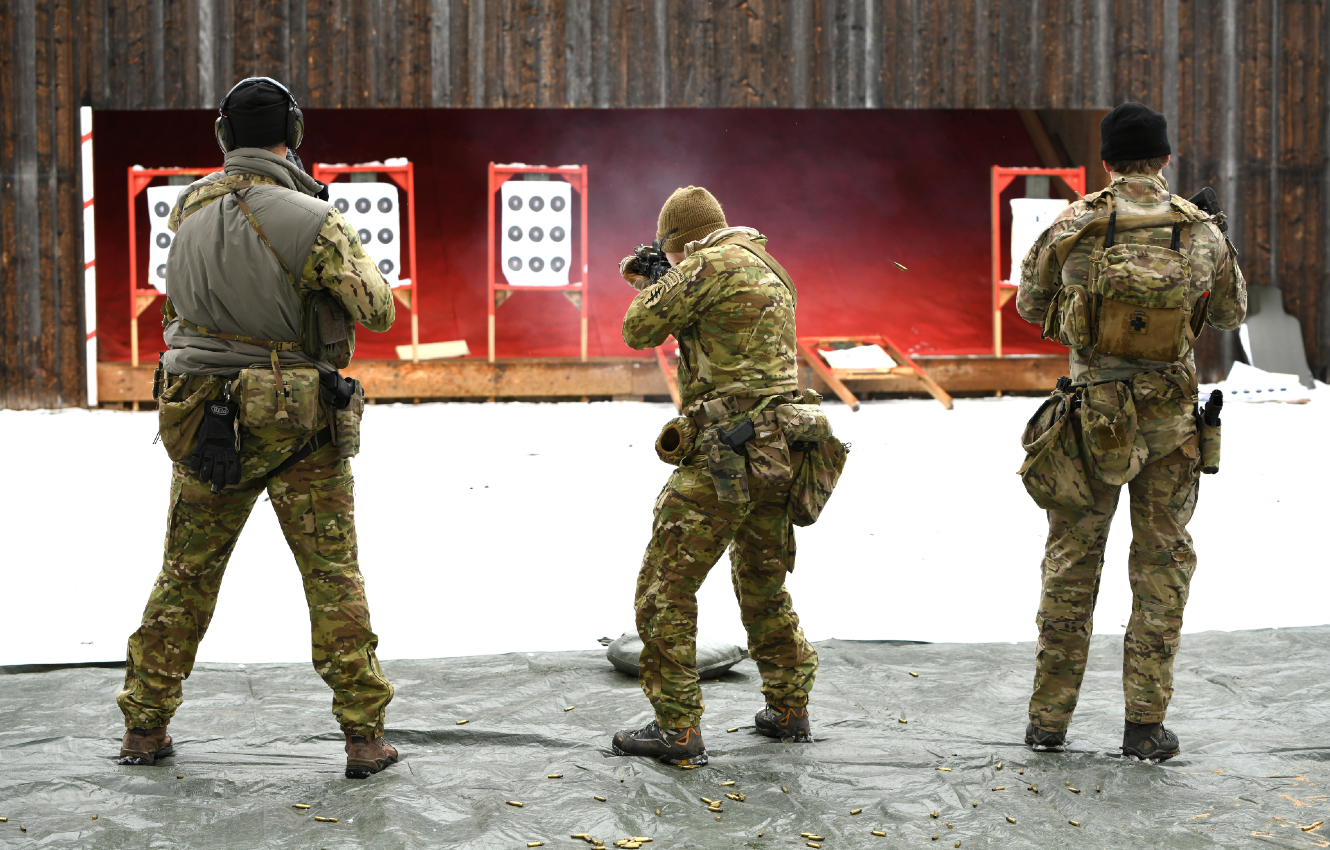

Getting to Ethical Readiness - War on the Rocks
Do internal or external factors explain unethical behavior? In an iniquitous environment, are U.S. military personnel doomed by or able to transcend
warontherocks.com
@GreatwhiteNorth did you ever see that view?View attachment 4817399
Airman takes a break from working on aircraft to enjoy snow at Davis-Monthan Air Force Base, Ariz., Jan. 26, 2021.
Photo By: Air Force Staff Sgt. Sergio Gamboa
View attachment 4817401
U.S Coast Guard cutter "Polar Star" travels south in the Bering Strait, Jan. 19, 2021.
Photo By: Coast Guard Petty Officer 1st Class Cynthia Oldham
View attachment 4817403
A Sentinel, Arlington National Cemetery, Feb. 2, 2021
Photo By: Army Sgt. Gabriel Silva
Hey barn, if we could identify who those men are via DNA should we?
We broke ice but on a much smaller scale, though we did nose up to pack ice once above the arctic circle & went swimming (in skivvies).@GreatwhiteNorth did you ever see that view?
Hey barn, if we could identify who those men are via DNA should we?
Necessary to become a "Blue nose Polar bear"

In a dry suit right? If not how much alcohol did that require?We broke ice but on a much smaller scale though we did nose up to pack ice once above the arctic circle & went swimming.
Necessary to become a "Blue nose Polar bear"
View attachment 4819910
No dry suit - I stole a J.O.'s underwear (white boxers with big red hearts on em) & swam in them. 
BarnBuster
Virtually Unknown Member
I remember you asking that question beforeHey barn, if we could identify who those men are via DNA should we?
Veterans...Get the hell in here now!
In 2015 the Office of Personnel Management (OPM) experienced a data breach that exposed the personal data of approximately 4.2 million individuals. Following the breach, OPM and the Defense Department partnered with IDExperts, a private sector firm, to provide services tailored to address...
rollitup.org
If you're talking about those in the Tomb itself, then no.
They also represent those whose remains can/will never be recovered/identified e.g., lost at sea or utterly destroyed.
The Tomb Guard Identification Badge is the only badge awarded by the United States Army that can be revoked after a soldier has left the military.
Anyone going to D.C. should go to Arlington.





